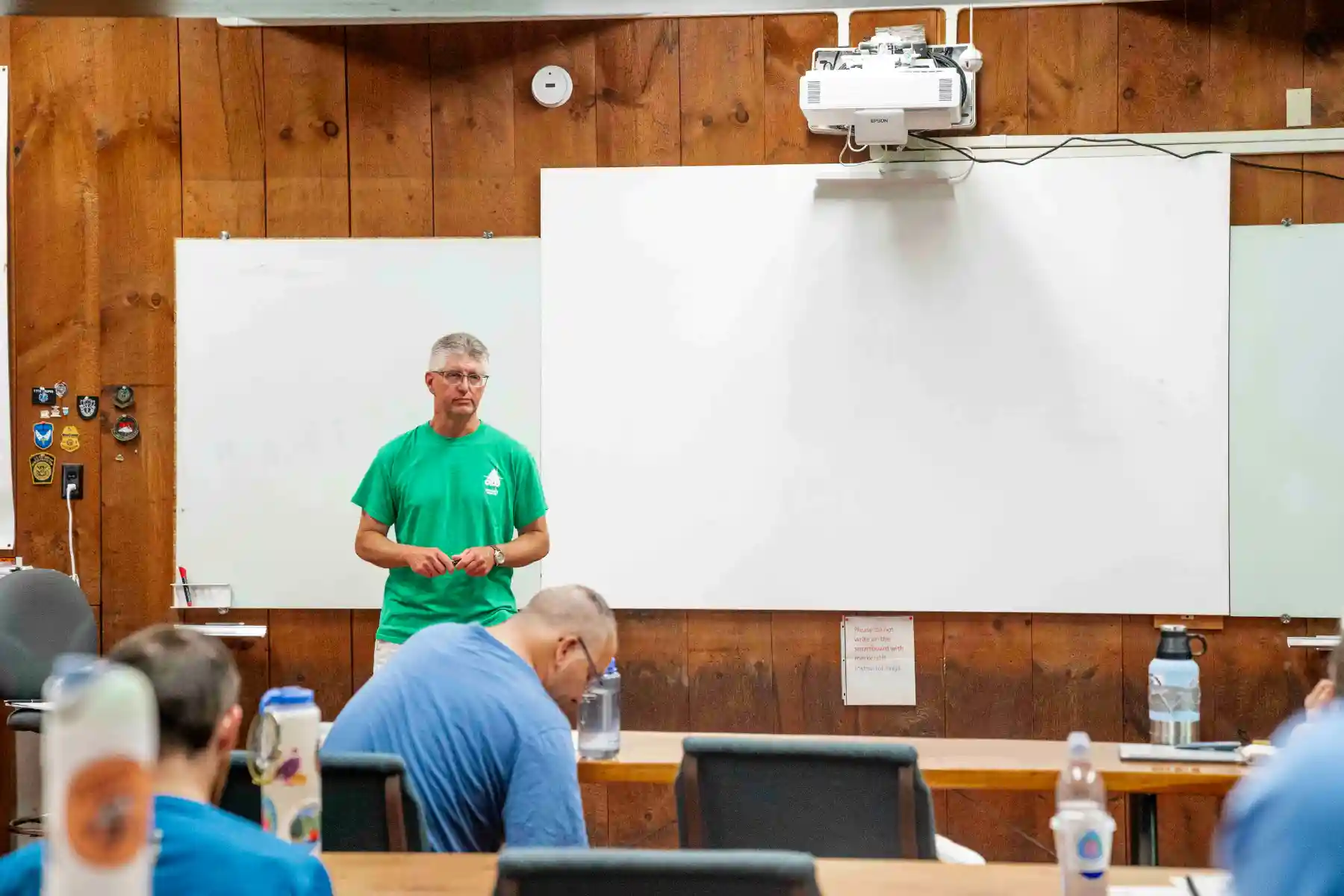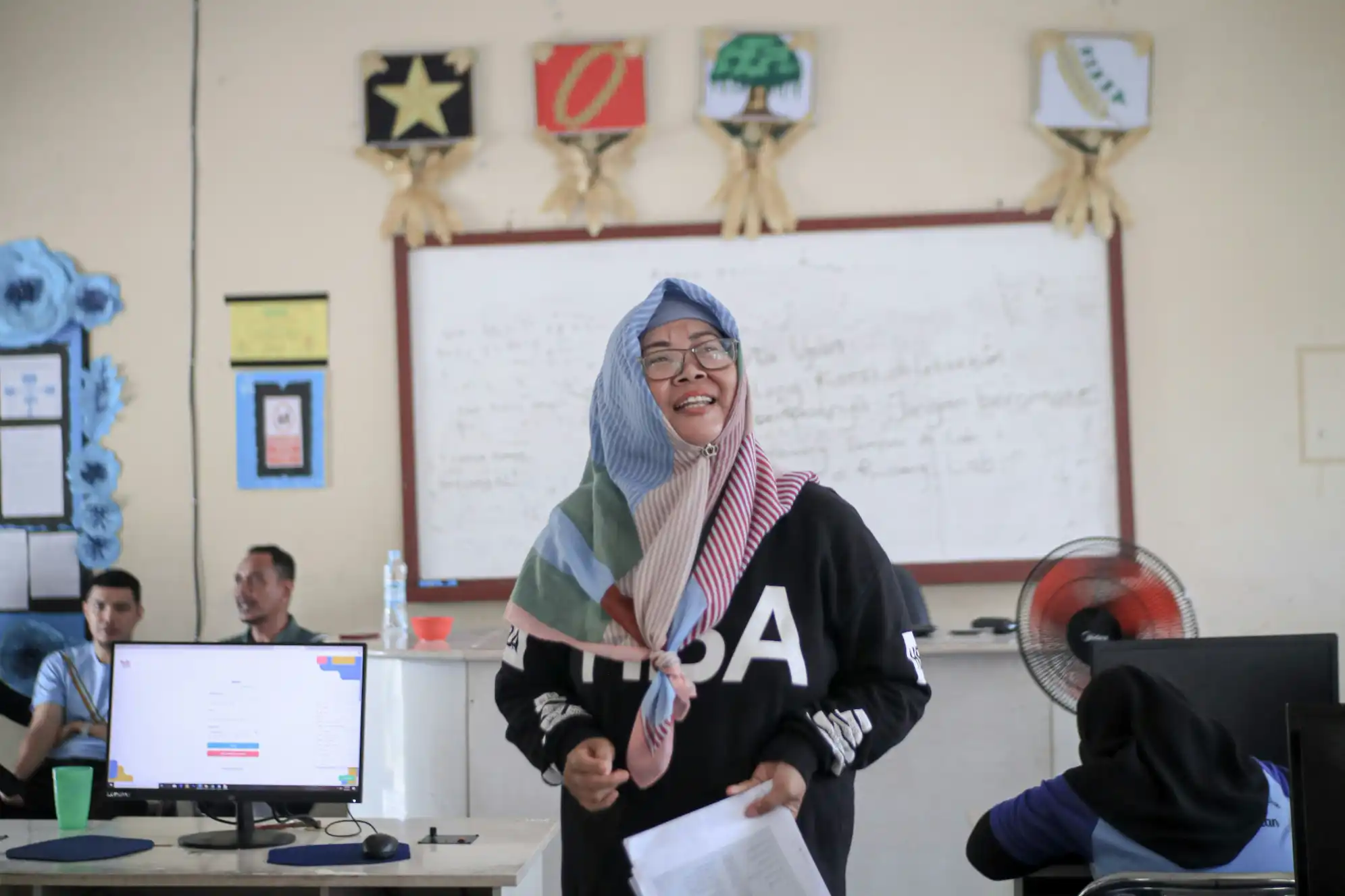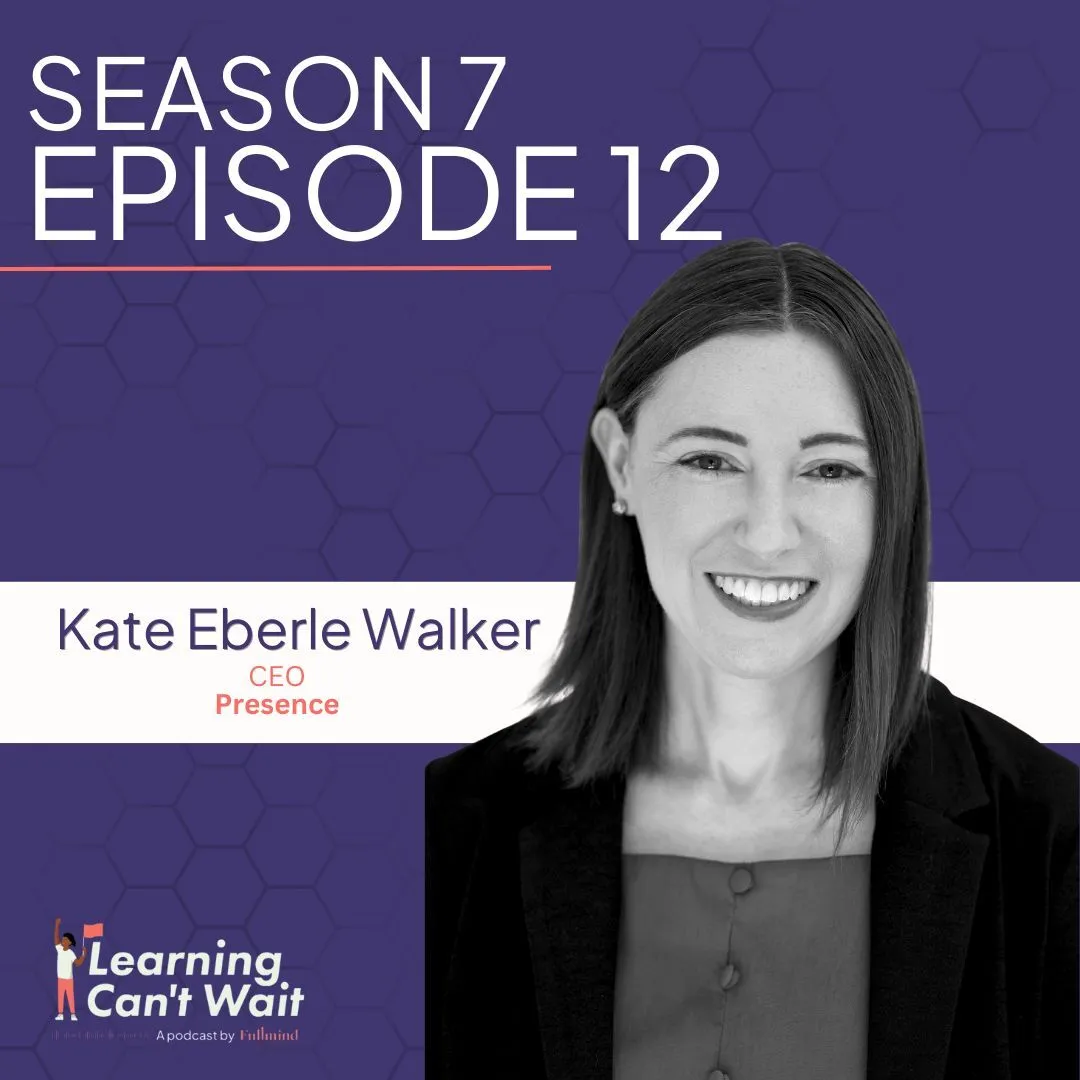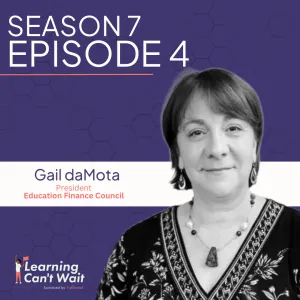For Education Leaders
Get proven strategies and expert analysis from the host of the Learning Can't Wait podcast, delivered straight to your inbox.
Virtual Staffing
Fill Teacher Vacancies in Days
- State-certified experts averaging 15+ years experience
- Fully aligned to your curriculum & standards
- Scalable, cost-effective hybrid solutions
Innovative Teacher Recruitment: Strategies for Success

Traditional recruitment approaches such as job board postings, annual career fairs, and referrals are no longer sufficient to meet staffing challenges. The path forward requires a shift towards innovative teacher recruitment strategies that acknowledge the evolving expectations of the education workforce and the competitive talent landscape.
This guide is for K-12 leaders seeking actionable solutions. We will explore the root causes of today's recruitment challenges, present creative approaches to building your talent pipeline, and provide frameworks for measuring staffing initiatives. Strategies range from culture-building fundamentals to leveraging technology and partnering with teams like Fullmind.
Reasons Traditional Teacher Recruitment Is Failing
The teacher shortage has reached crisis levels in America's schools. According to the Economic Policy Institute's 2023 analysis, the U.S. faces a shortage of about 110,000 teachers nationwide, with the gap most severe in high-poverty schools and specialized areas. The Learning Policy Institute reports that special education vacancies have increased by 48% since 2019. In addition, STEM and bilingual education positions often remain unfilled for entire academic years.
Behind these vacancies lies a complex issue: retention. The National Education Association's 2023 survey found that 55% of educators are considering leaving the profession early. The primary drivers weren't financial; instead, teachers cited overwhelming workloads, lack of professional autonomy, minimal administrative support, and feeling undervalued. This burnout epidemic creates a revolving door effect, where districts face a constant, expensive recruitment cycle that drains resources and disrupts educational continuity.
The mismatch between traditional recruitment methods and today's realities compounds the problem. Static job postings, annual recruitment cycles, and reactive hiring fail to build sustainable talent pipelines. Today's educators, especially the younger generation, seek more than employment; they desire purposeful work in supportive environments with growth and recognition opportunities. Effective teacher shortage solutions must address both sides: attracting new talent and creating conditions for existing teachers to stay.
Building a Culture That Supports Recruitment
Before implementing recruitment tactics, school leaders must recognize that culture is the most powerful recruitment and retention tool. Even the most innovative hiring strategies will fail if your school or district isn't a place where teachers want to work. Culture isn't just about a pleasant atmosphere; it's about creating an environment where educators can thrive professionally while maintaining their well-being.
The pillars of a recruitment-centric culture include the following elements:
- Prioritize Teacher Voice and Autonomy: Move beyond token input to meaningful involvement in decision-making. This includes teacher-led curriculum committees, flexible instructional approaches within standards frameworks, and regular forums where teachers can influence school policies. When prospective candidates hear current teachers say that their professional judgment is valued here, recruitment becomes easier.
- Invest in Meaningful Professional Development: Generic, one-size-fits-all professional development often feels like a burden. Instead, provide personalized growth pathways that align with teachers' career goals and interests, including micro-credentials, leadership opportunities, or specialized training. Make professional growth a cornerstone of your district's value proposition.
- Foster a Supportive and Collaborative Environment: Mentorship programs for new teachers, protected collaboration time in the master schedule, and cross-departmental professional learning communities signal to prospective candidates that they will not be isolated. Research shows that teachers stay longer in schools where they feel connected to colleagues.
- Champion Work-Life Balance: Protect teachers' time and well-being by safeguarding planning periods, implementing technology to streamline administrative tasks, establishing reasonable email and communication protocols, and providing mental health resources. When interviewees hear your district actively works to prevent burnout, you gain a competitive advantage.
7 Creative Hiring Approaches to Attract Top Teacher Talent
The teacher recruitment landscape demands fresh thinking. The following strategies represent innovative approaches that forward-thinking districts are implementing to secure the educators their students need. Each strategy can be adapted to fit your district's context, constraints, and strengths.
1. Cultivate "Grow Your Own" (GYO) Programs
Grow Your Own programs represent a long-term investment in sustainable staffing by developing teachers from within your community. These initiatives focus on identifying potential educators among people connected to your schools and providing supportive pathways to certification. The most successful GYO programs operate on two tracks. One track involves creating high school teacher academies to nurture future educators and the other track supports current paraprofessionals and support staff in earning teaching credentials.
The benefits extend beyond filling vacancies. GYO teachers reflect the community’s diversity, understand local context and challenges, and they demonstrate higher retention rates. Research from the Learning Policy Institute shows that teachers from the communities where they teach stay 3-5 years longer than those without local connections.
Getting Started with GYO:
- Identify promising candidates among your current classified staff. Focus on those demonstrating instructional aptitude.
- Partner with local colleges or universities to create certification pathways that are streamlined and affordable.
- Explore federal Teacher Quality Partnership grants or state-level funding for GYO initiatives.
2. Forge Strategic University and Community Partnerships
Effective university partnerships extend beyond hosting student teachers or attending career fairs. The best relationships involve deep, multi-faceted collaboration between districts and teacher preparation programs. Have your curriculum specialists serve as adjunct instructors in education courses. They can provide real-world insights to future teachers while scouting talent. You can co-develop specialized certification programs that address your staffing needs in special education, STEM, or bilingual education.
Create an ambassador program for standout early-career teachers to return to their alma maters to guest lecture, mentor pre-service teachers, and share authentic district stories. These peer-to-peer connections are often more compelling than traditional recruitment presentations. Extend partnerships beyond universities to community organizations serving diverse populations. Organizations like Teach For America, urban teaching residencies, and career-change programs like Troops to Teachers can provide alternative pipelines of qualified candidates.
3. Reimagine Your Digital Marketing and School Branding
In today's competitive hiring landscape, recruitment is fundamentally marketing. Districts must showcase why talented educators should choose their schools over others. This requires a strategic K-12 talent acquisition approach that borrows corporate best practices and honors education's unique mission.
Digital Branding Tactics for Schools:
- "A Day in the Life" Content: Create authentic video testimonials showing what teaching in your district looks like. Feature diverse educators across experience levels and subjects who discuss the rewards and challenges of their work. This transparency builds trust with prospective candidates.
- Highlight Your "Why": Clearly articulate your district's mission, instructional vision, and commitment to teacher development. Today's educators, especially millennials and Gen Z seek purpose-driven work environments that align with their values.
- Targeted Social Media Ads: Use LinkedIn, Facebook, and Instagram to reach passive job seekers who are qualified educators not actively looking for jobs but open to an appealing opportunity. Geo-target ads to reach recent education graduates or professionals in your region.
- Showcase Your Culture: Regularly share classroom innovations, collaborative planning sessions, professional development opportunities, and staff recognition events on a regular basis. This ongoing visibility creates familiarity and positive associations with your district.
4. Overhaul the Candidate Experience
The application and interview process signals how your organization values people. A slow or impersonal hiring process will drive away top talent, especially in high-demand fields. Audit your recruitment funnel from the candidate's perspective: Is the application accessible and reasonable in length? How quickly do you respond to submissions? Is the interview process respectful of candidates' time and does it provide information?
Improvements include a 24-hour application acknowledgment policy, clear timelines for each process stage, a single point of contact for each candidate, and properly trained, welcoming interview panels. Consider replacing or supplementing traditional panel interviews with more authentic assessments, such as demonstration lessons with feedback or collaborative planning exercises. These performance-based assessments better indicate teaching ability while giving candidates insight into your instructional culture. Candidates are evaluating your school as much as you are evaluating them. Every interaction is an opportunity to demonstrate your district's professionalism and values.
5. Leverage Technology and Virtual Staffing Partners
The rise of virtual teacher hiring has transformed recruitment, enabling districts to transcend geographic limitations in their talent search. This approach is valuable for specialized positions where local candidates are scarce. Virtual instruction allows schools to bring expert teachers in niche subjects such as Advanced Placement courses, world languages, and higher-level mathematics to students regardless of location. The flexibility of virtual roles can also attract qualified educators who are unable to commit to traditional in-person positions because of family obligations, health concerns, or other circumstances.
Partnering with a dedicated virtual education provider like Fullmind has been a game-changer for over 600 schools and districts nationwide. Instead of searching for a single candidate, districts access a network of live, certified virtual educators who are ready to deliver instruction. This approach is effective for fulfilling complex Students with Disabilities (SWD) services and IEP requirements, staffing niche subjects, or providing immediate homebound instruction.
The partnership model solves multiple problems. It fills immediate instructional gaps, ensures continuity of learning, provides specialized expertise, and relieves administrative burden. Virtual staffing partners handle recruitment, certification verification, and professional development of educators. This allows school leaders to focus on integration and outcomes instead of hiring. These partnerships are comprehensive solutions or can serve as targeted interventions.
Are you struggling to fill a critical teaching position? Discover how Fullmind's certified virtual educators can provide immediate and specialized support for your students. Learn more about our flexible school staffing solutions.
6. Access Non-Traditional Talent Pools
Expanding your search beyond recent education graduates can uncover valuable teaching talent that traditional methods miss. Mid-career professionals, retirees from various fields, and former educators who are seeking to return to the classroom represent untapped potential to address staffing challenges.
Untapped Talent Pool:
- Career Changers: Professionals from STEM, healthcare, business, and the arts seek meaningful second careers in education. They bring valuable expertise, and they may need support navigating alternative certification pathways. Consider partnerships with programs designed to transition professionals into teaching, such as the American Board for Certification of Teacher Excellence or state-specific alternative licensure programs.
- Retired Professionals: Military veterans, corporate retirees, and former government employees often retire from their first careers with decades of productive work ahead. Their experience, discipline, and content knowledge are tremendous assets in the classroom. Since many already receive pensions, salary concerns are less prohibitive.
- "Stay-at-Home" Parents: Former teachers who left the workforce to raise children represent a valuable talent pool. They have educational training and may want to return to the profession, especially with flexible scheduling. Create part-time positions or job-sharing arrangements, as well as roles designed to accommodate family responsibilities.
7. Offer Creative and Flexible Compensation and Benefits
While tight district budgets may not allow for significant salary increases, creative approaches to compensation and benefits can improve your recruitment position. The key is identifying high-value and lower-cost benefits that address teachers' needs and pain points rather than one-size-fits-all solutions.
Housing assistance can be a powerful recruitment tool in high cost-of-living areas. Some districts have partnered with local apartment complexes to provide educator discounts, while others have converted district-owned properties into affordable teacher housing. Innovative districts have collaborated with local governments to create teacher-specific housing vouchers or down payment assistance programs for first-time homebuyers who commit to teaching in the district for a specified period.
Beyond housing, consider structured support for student loan forgiveness applications, transparent pathways to earn additional compensation through leadership roles or specialized training, and wellness benefits that address teacher burnout. Some districts successfully implement creative scheduling options such as four-day workweeks with extended days, sabbatical programs, or job-sharing arrangements for part-time work. Others provide additional planning time through access to high-dosage tutoring and intervention services that reduce teachers' remediation workload while improving student outcomes.
Are Your New Hiring Strategies Working?
Implementing innovative recruitment strategies requires investment of time, energy, and resources. To justify these investments and improve your approach, track key metrics that reveal what is working and what is not. Data-driven recruitment allows effective resource allocation and demonstrates the impact of your initiatives to stakeholders.
Key Recruitment KPIs are essential metrics for evaluating the effectiveness of the hiring process. These indicators help organizations assess the quality of their recruitment strategies and make necessary adjustments. By tracking these KPIs, companies can improve their hiring outcomes and ensure they attract the right talent:
- Time-to-Fill: Track the average days from posting a position to signing a contract. Breaking this down by subject area and grade level reveals efficient processes and bottlenecks. A decrease in time to fill indicates improving recruitment efficiency.
- Cost-per-Hire: Calculate all recruitment expenses such as advertising, staff time, travel, and signing bonuses, and then divide by successful hires to determine the best return on investment.
- Source of Hire: Document where each successful candidate originated (university partnership, GYO program, virtual staffing partner, etc.). This data reveals the most productive channels for different positions.
- Candidate Diversity: Monitor if your applicant pool and new hires reflect the diversity of your student population and community. Increasing diversity requires targeted approaches along with partnerships with specific organizations or institutions.
- First-Year Teacher Retention Rate: The ultimate measure of successful recruitment is whether teachers remain after being hired. Track how many first-year teachers return for a second year and conduct exit interviews with those who leave to identify potential improvements in your selection or onboarding processes.
Conclusion
The teacher shortage in American schools demands we move beyond outdated recruitment methods and embrace systemic change. We must build strong cultures where educators can thrive, diversify recruitment strategies to reach untapped talent pools, and leverage technology and strategic partnerships. These innovative recruitment strategies require investment and commitment, but the return is immeasurable because we will have qualified teachers in every classroom, instructional continuity for students, and reduced administrative burden of constant hiring.
As educational leaders, your work to reimagine teacher recruitment impacts the quality of instruction and sustainability of your school community. While the challenges are significant, they present an opportunity to transform our staffing approach by moving from crisis management to strategic talent development. With creativity, persistence, and a willingness to challenge conventional approaches, you can build a comprehensive staffing support system that ensures your students have the educators they need and deserve.
For Education Leaders
Get proven strategies and expert analysis from the host of the Learning Can't Wait podcast, delivered straight to your inbox.
Let’s Work Together
We’ll review your application and get in touch!








.webp)


























.webp)



%20.webp)





































.webp)




.webp)


.webp)


.webp)










